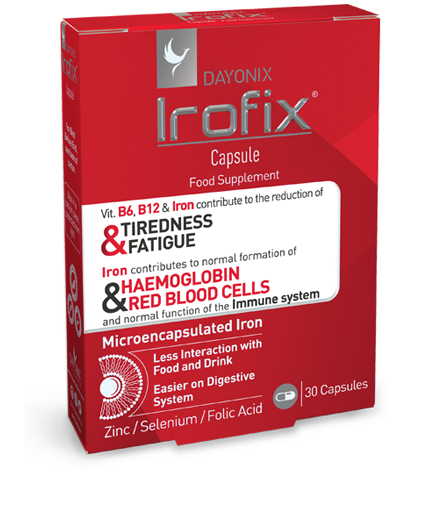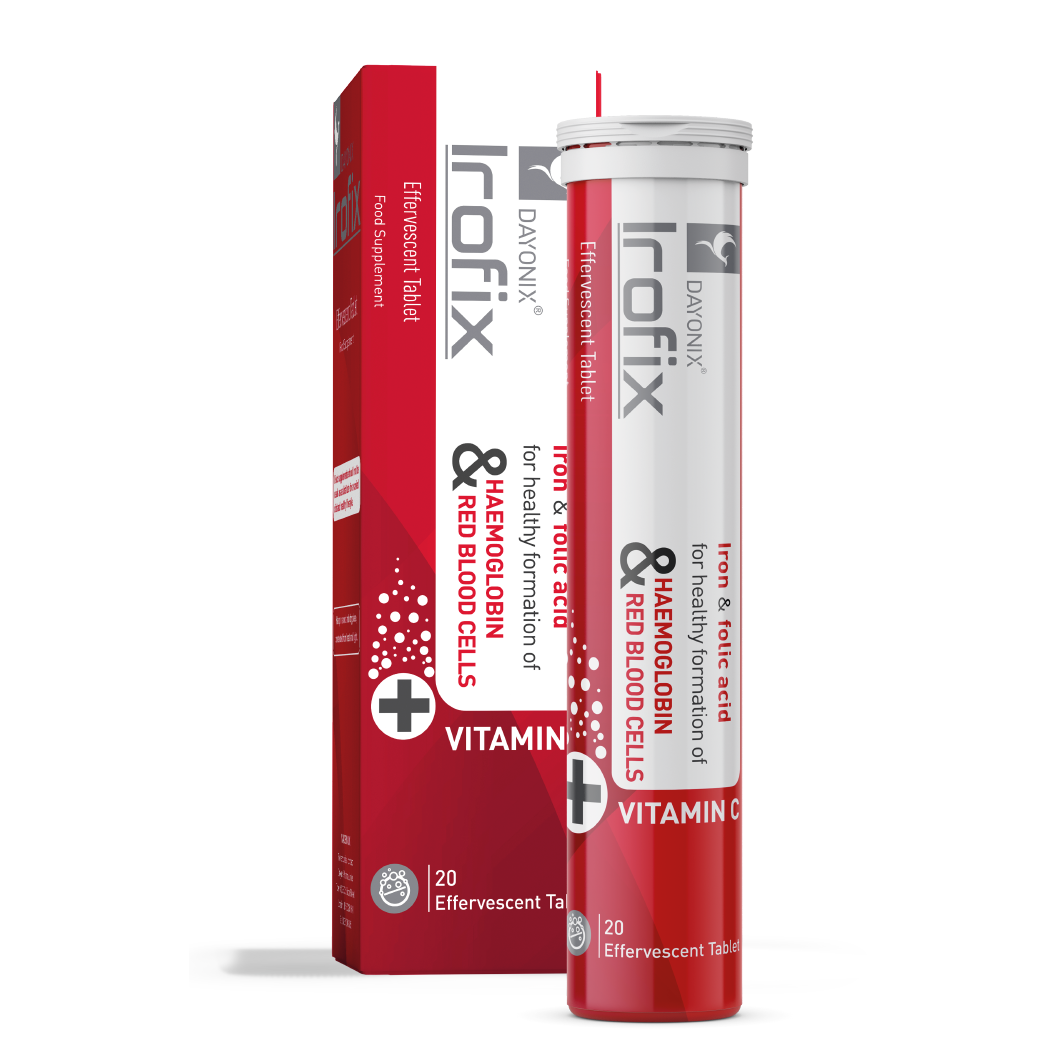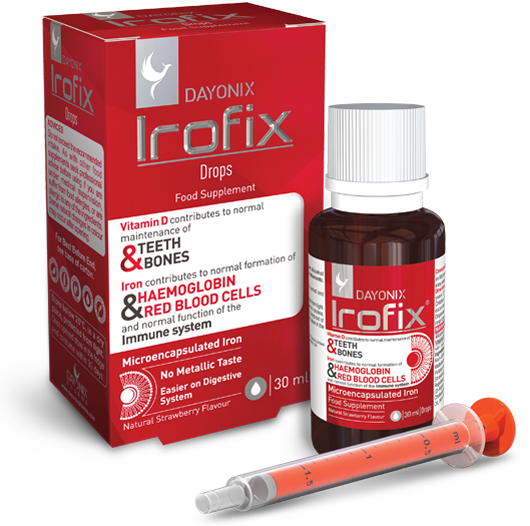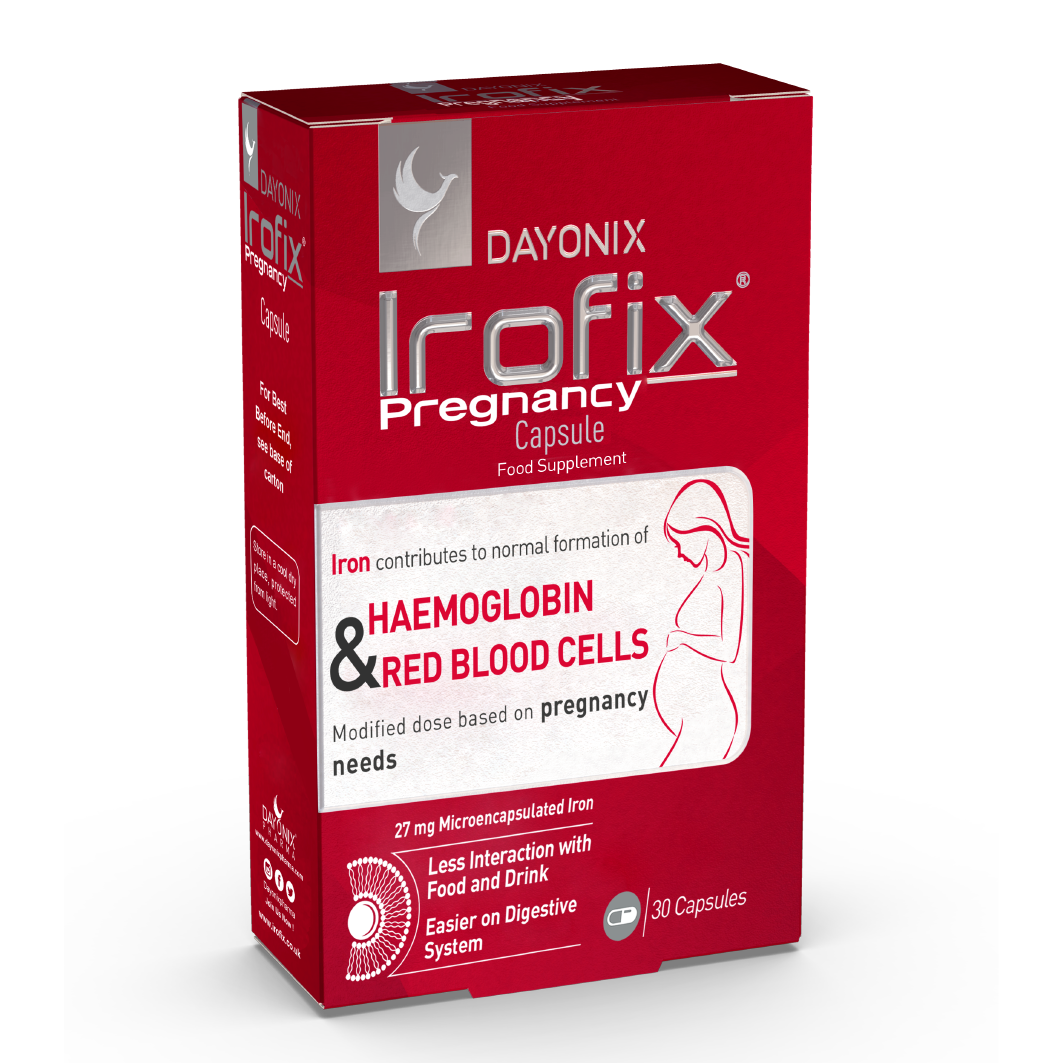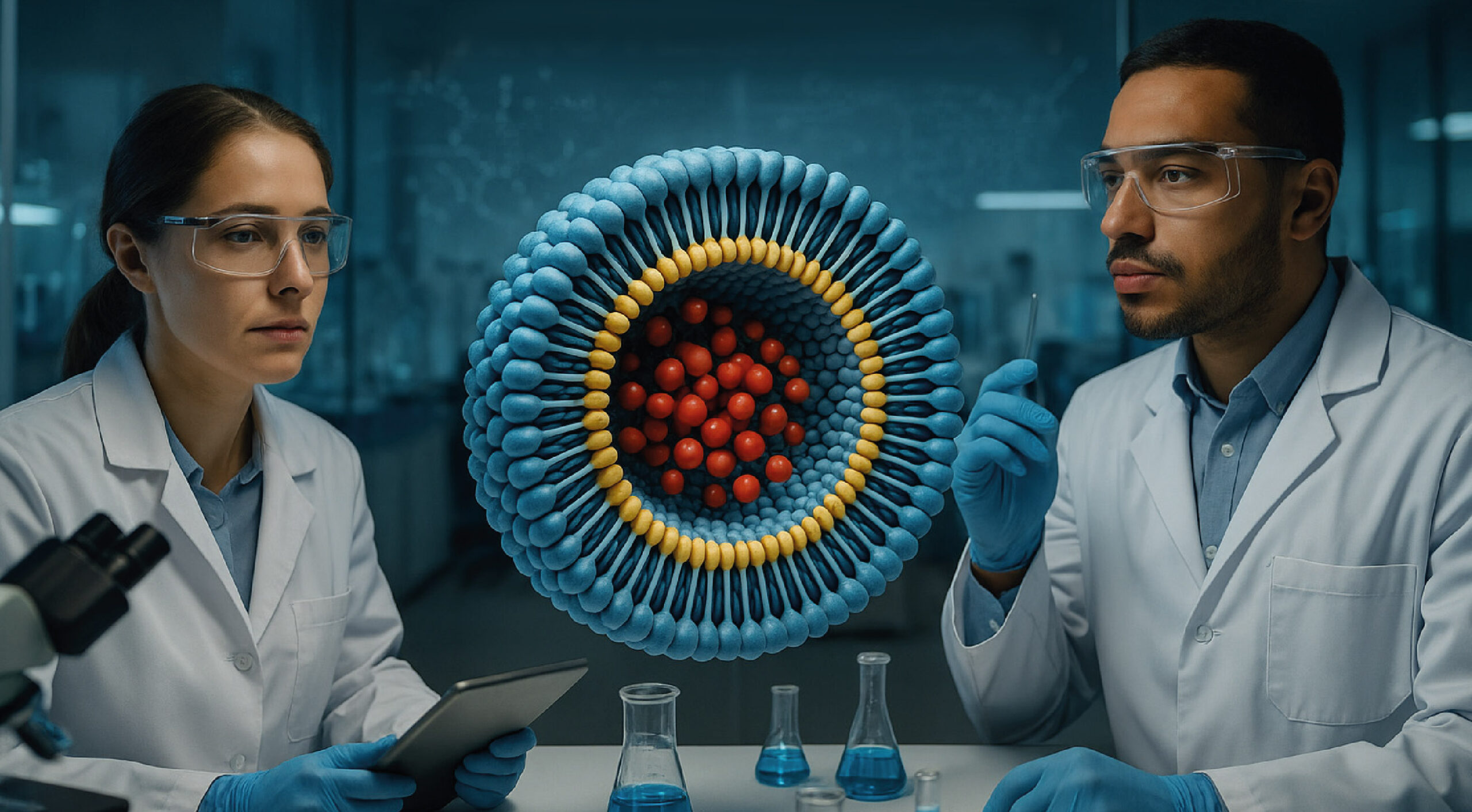
Microencapsulated Iron in Liposomal Form: Innovation in Iron Therapy with Enhanced Bioavailability and Tolerability
May 24, 2025
Iron deficiency (ID) and iron deficiency anemia (IDA) are among the most widespread health conditions globally and are major contributors to the global disease burden. These conditions often lead to persistent fatigue and, in more severe cases, can result in immune system impairment, delayed development, and neurocognitive challenges. According to global health data from 2021, anemia was the third leading cause of years lived with disability, affecting approximately 1.92 billion people, or 24.3% of the global population.
IDA is the most prevalent form of anemia and can be effectively managed through dietary iron fortification or iron supplementation. Iron deficiency—with or without anemia—remains the most common nutritional deficiency worldwide. Women of reproductive age, pregnant women, children, and individuals in low-and middle-income countries are most at risk.
This article delves into the science and benefits of microencapsulated iron, exploring why it’s becoming the preferred choice for those seeking to boost their iron levels gently and efficiently. Discover how this advanced technology can make a real difference in your health and why our microencapsulated iron supplements stand out.
What is Microencapsulated Iron?
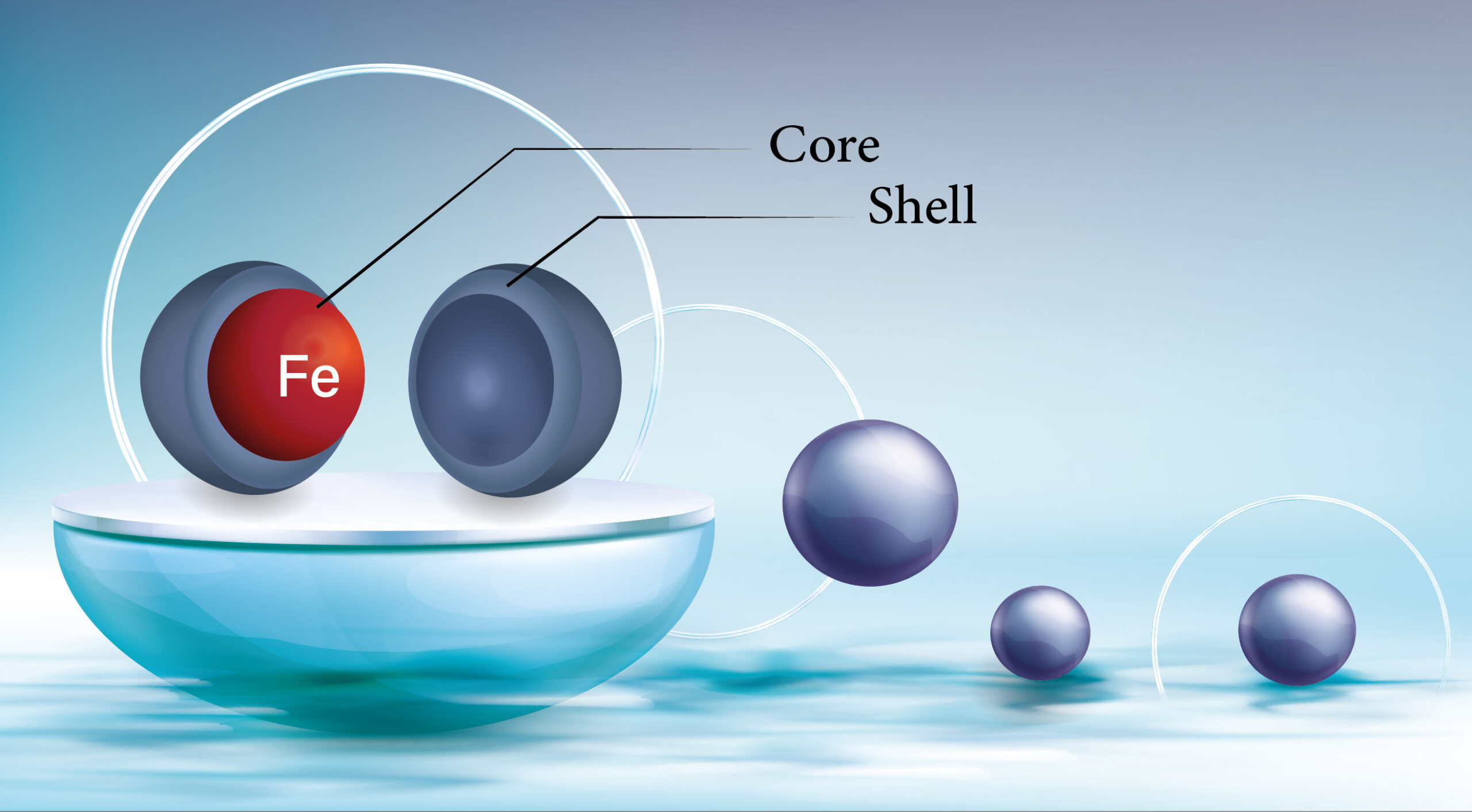
Microencapsulation is an advanced processing technology, by which tiny particles or droplets are surrounded by a coating, or embedded in a homogenous or heterogenous matrix, to make small capsules with many useful properties. The compound or active material which is encapsulated is called the core and the material which is used for encapsulating is called the encapsulant.
This is a coating method that confers the core, the necessary protection to prevent its loss or deterioration when exposed to various environmental factors (temperature, pH, oxygen), allowing it to keep the encapsulated material stable, reduces chemical interactions, prevents physicochemical changes and unpleasant sensory qualities; creating a barrier that allows controlled release and bioavailability of the active component at the time of ingestion, and facilitates transport and handling through a coating.
Iron microencapsulation is a technology that presents the opportunity to prevent iron deficiency, increase bioavailability, avoid the perception of metallic taste, and protect from chemical reactions that occur when in contact with food matrices. The statistical data registered by the National Library of Medicine (PubMed) indicate that the iron microencapsulation method began in 1971.
How does It Work?

In stomach: When a microencapsulated iron supplement is ingested, the protective coating shields the iron as it travels through the stomach’s acidic environment. This prevents direct contact with the gastric mucosa, reducing the likelihood of irritation. This kind of protection prevents early degradation of the substance and its inactivation and allowing it to be absorbed directly in intestine.
In intestine: Lipid bilayer encapsulated iron is directly absorbed in the intestinal lumen by the microfold cells (M cells) of the small intestine, which is the part of lymphatic system. Subsequently, the liposome is incorporated in macrophages by endocytosis and through the lymphatic system reaches hepatocytes. In hepatocytes, the liposome is opened by lysosomal enzymes, making the iron available for utilization.
Advantages of Microencapsulated Iron Compared to Traditional Iron?
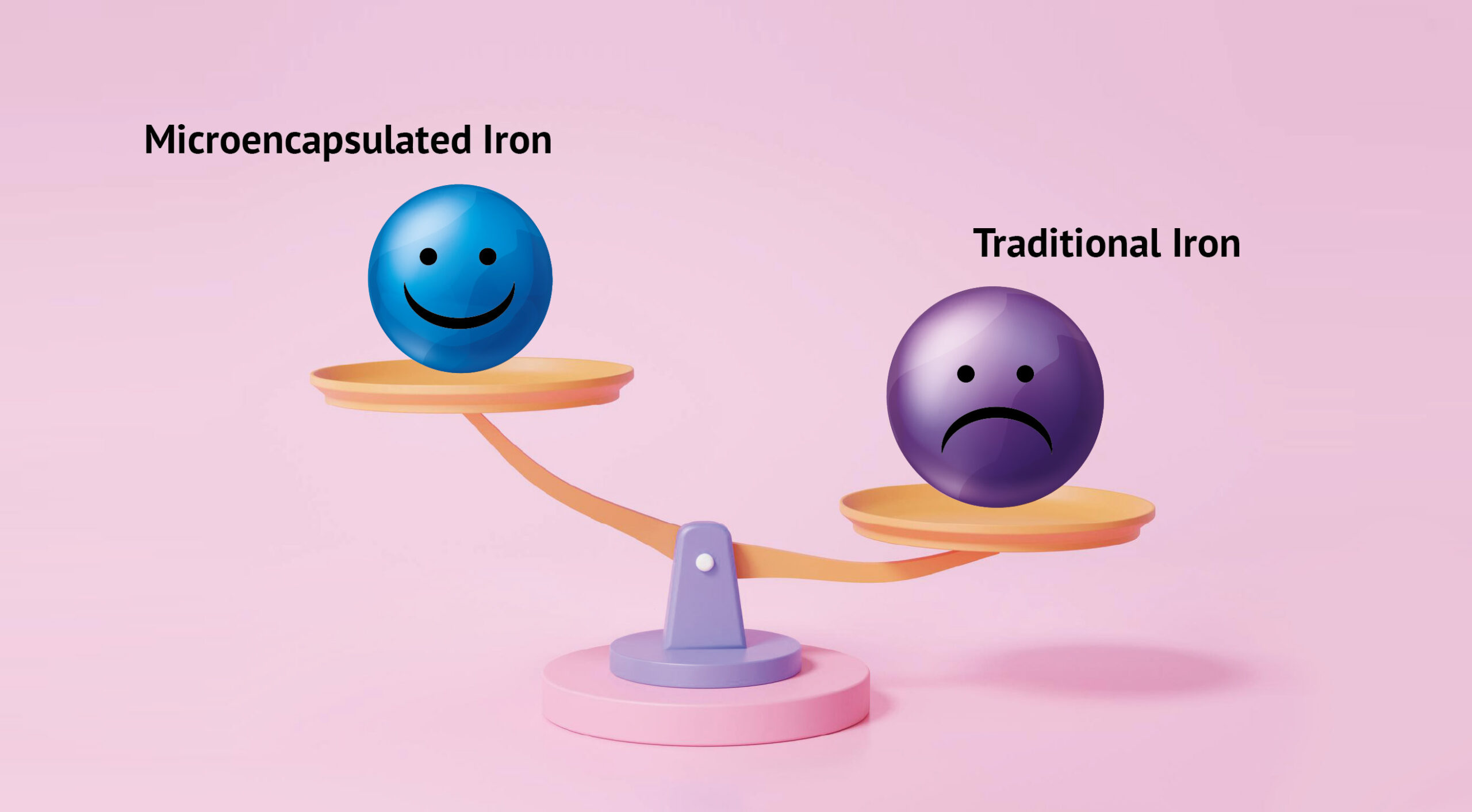
While all available oral iron supplements can provide the necessary therapeutic dose of elemental iron, the primary distinction lies in how well patients adhere to the treatment. Research shows, one of the reasons that many people don’t follow through with their iron therapy is concerns about side effects—especially gastrointestinal issues like nausea, vomiting, constipation, and a metallic taste. People are often concerned about the side effects that commonly happen when taking iron supplements. These side effects can make them feel uncomfortable and may lead them to stop or avoid taking the supplements as prescribed.
In addition to poor absorption, conventional iron supplements often cause side effects which negatively affect compliance and make it difficult for patients to stick to their treatment. Conventional iron supplements include ferrous sulphate, ferrous gluconate, ferrous fumarate and etc.
Microencapsulation is when the micronized iron is encapsulated inside a lipid bilayer, similar to the biological lipid bilayer. The outer layer protects the inner iron core from enzymatic degradation in the mouth or stomach, and also prevents iron oxidation and degradation.
Comparatively to conventional oral iron salts, microencapsulated liposomal iron has the highest bioavailability. Micronization is the process of breaking down a drug into very small particles. By making the particles smaller, the surface area increases, which helps the drug dissolve faster in the body. This faster dissolution improves how well the drug is absorbed, making it more effective. It leads to quicker increase in serum hemoglobin levels. Its taste is more acceptable to patients, and it doesn’t have unwanted effects such as heartburn, GI upset, and constipation hence improve tolerance.
The main barrier to the oral absorption of iron appears to be its interaction with food or components of the gastrointestinal tract. Microcapsules appear to be a promising approach for reducing food interactions.
Safety Profile of the Microencapsulated Iron Supplements
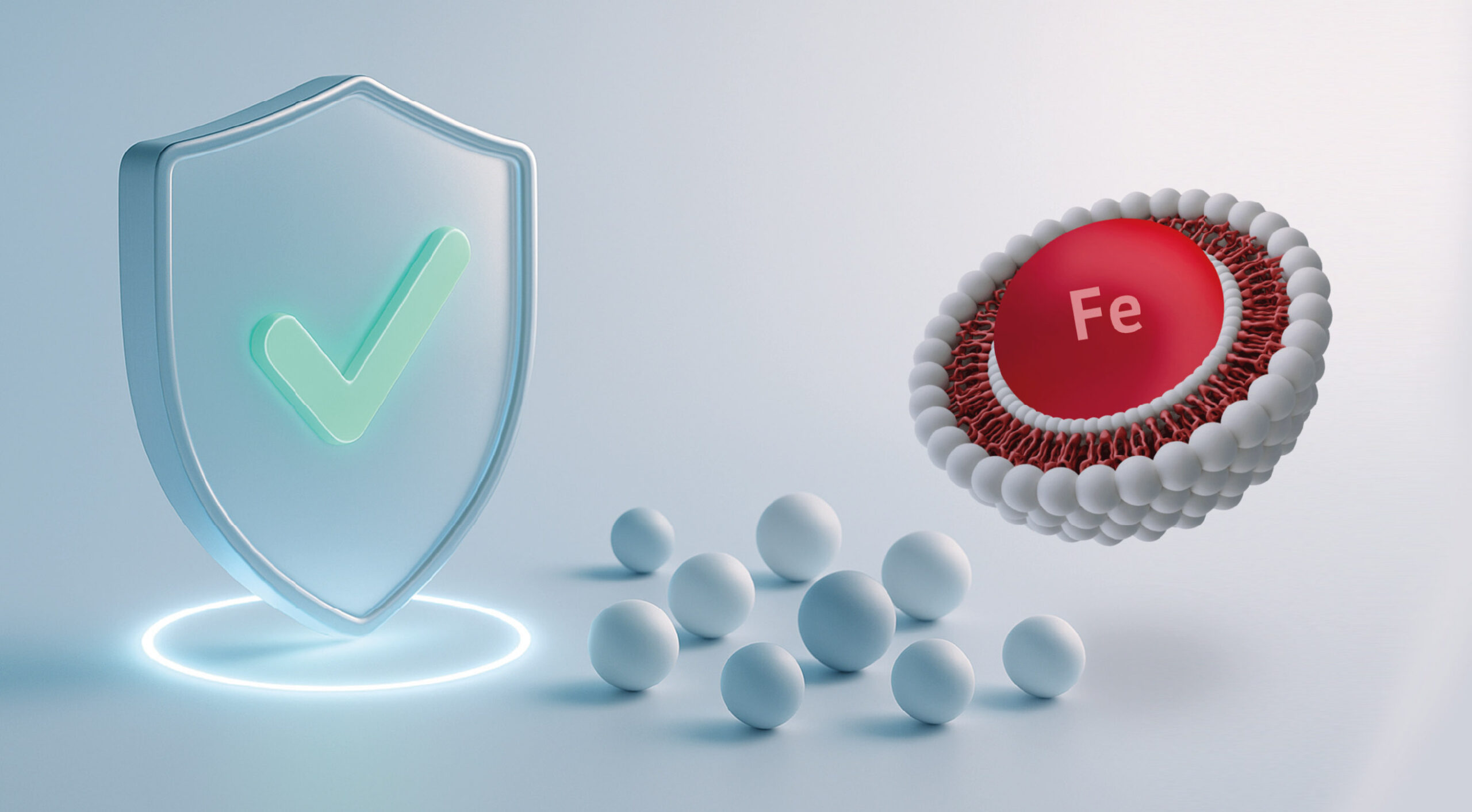
One of primary benefits of microencapsulated iron is its improved tolerability and reduced incidence of side effects compared to traditional iron supplements. However, while less common, some individuals may still experience mild gastrointestinal symptoms depending on their individual sensitivity and the specific formulation. These potential side effects are generally less severe than those associated with non-encapsulated iron.
It is important to follow the recommended dosage and consult with a healthcare professional if any persistent or bothersome side effects occur.
Dayonix Irofix® Brand
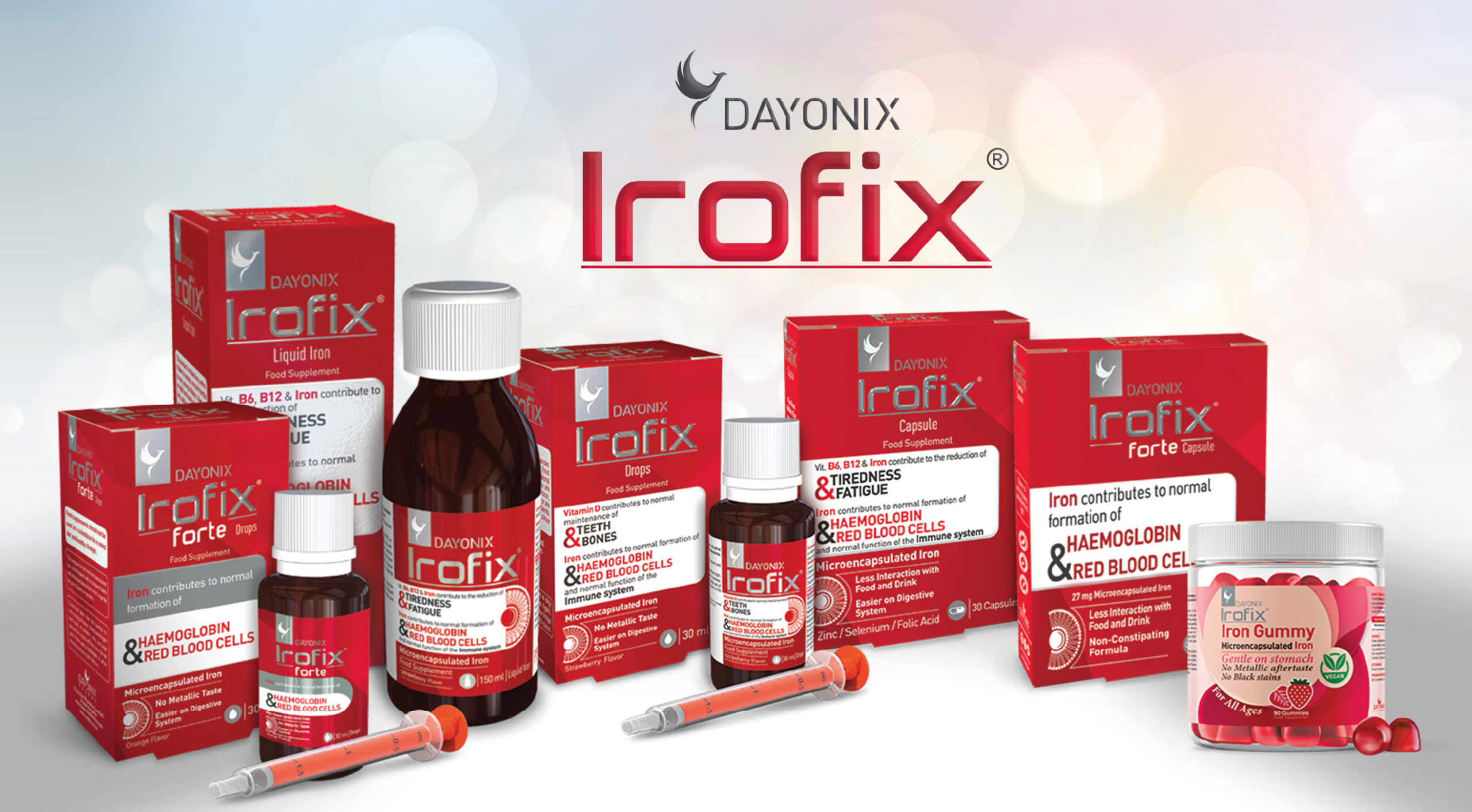
Introducing Irofix®, our comprehensive iron supplements brand, carefully formulated with advanced microencapsulated iron for optimal absorption and gentleness. Recognizing various iron needs across all life stages, Irofix® offers a range of convenient formulations, including easily dosable drops perfect for infants; palatable liquid form and easy-to-chew gummies for children and older individuals who have difficulty swallowing solid dosage forms; convenient capsules for adults; and specialized pregnancy capsules tailored to support the increased iron requirements of expecting mothers.
The innovative microencapsulation technology at the heart of Irofix® ensures a reduced risk of gastrointestinal discomfort, making it a well-tolerated and effective choice for maintaining healthy iron levels throughout every age category.
Conclusion
Microencapsulated iron represents a significant advancement in iron supplementation, offering a gentler and potentially more effective way to address iron deficiency. By protecting iron particles with a specialized coating, this innovative technology minimizes gastrointestinal side effects, improves taste, and may enhance iron absorption.
If you have struggled with traditional iron supplements or are looking for a more comfortable and efficient way to boost your iron levels, our range of microencapsulated iron supplements could be the ideal solution.
Unlock your body’s potential with the gentle power of microencapsulated iron because your well-being deserves the best.
References
- Pantopoulos K. Oral iron supplementation: new formulations, old questions. Haematologica. 2024 Apr 11;109(9):2790.
- https://www.sciencedirect.com/topics/agricultural-and-biological-sciences/microencapsulation
- Choudhury N, Meghwal M, Das K. Microencapsulation: An overview on concepts, methods, properties and applications in foods. Food Frontiers. 2021 Dec;2(4):426-42.
- Muñoz-More HD, Nole-Jaramillo JM, Valdiviezo-Marcelo J, Espinoza-Delgado MD, Socola-Juarez ZM, Ruiz-Flores LA, Espinoza-Espinoza LA. Microencapsulated iron in food, techniques, coating material, efficiency, and sensory analysis: a review. Frontiers in Sustainable Food Systems. 2023 Jul 19;7:1146873.
- Bhalla A. Oral Liposomal Iron: A promising new strategy for anemia management in clinical practice. Authorea Preprints. 2023 May 30.
- Maladkar M, Sankar S, Yadav A. A novel approach for iron deficiency anaemia with liposomal iron: concept to clinic. Journal of Biosciences and Medicines. 2020 Sep 9;8(09):27.
- Hussain U, Zia K, Iqbal R, Saeed M, Ashraf N. Efficacy of a novel food supplement (Ferfer®) containing microencapsulated iron in liposomal form in female iron deficiency anemia. Cureus. 2019 May 7;11(5).
- https://www.sabm.org/categories-of-oral-iron
Rout SR, Pradhan D, Haldar J, Rajwar TK, Dash P, Dash C, Rai VK, Kar B, Ghosh G, Rath G. Recent advances in the formulation strategy to improve iron bioavailability: A review. Journal of Drug Delivery Science and Technology. 2024 Apr 2:105633
